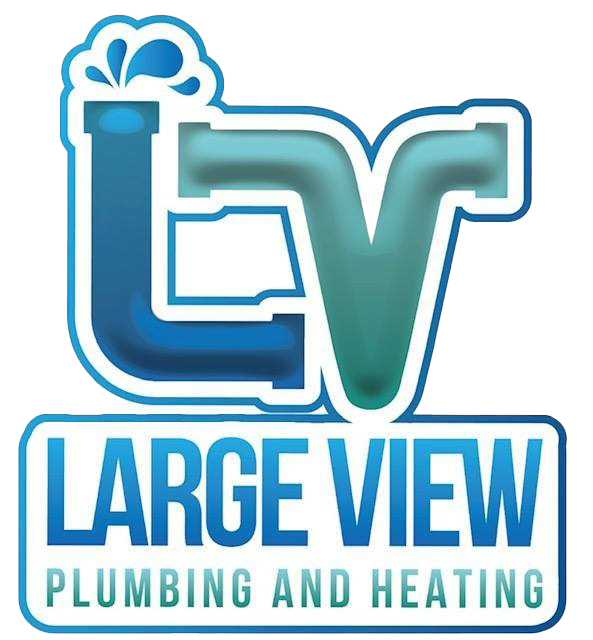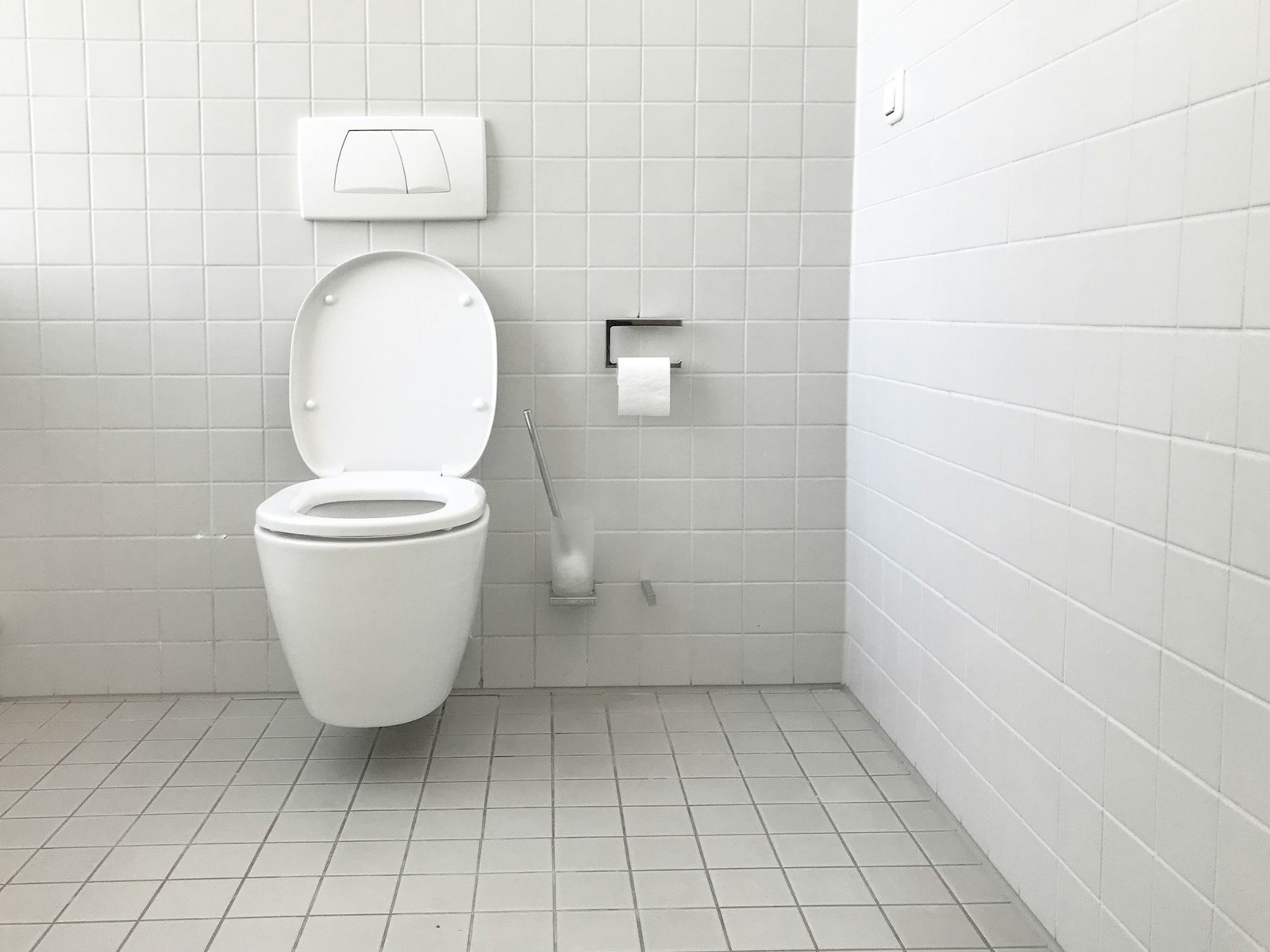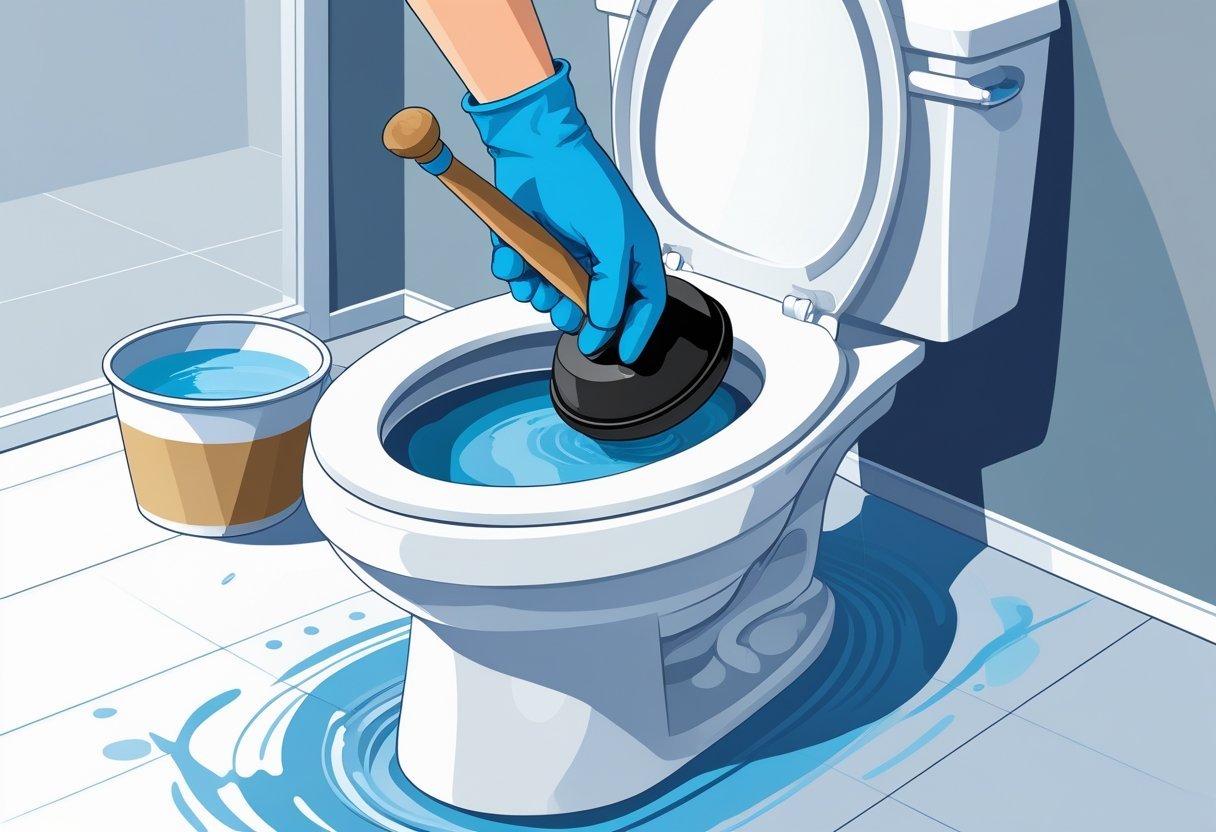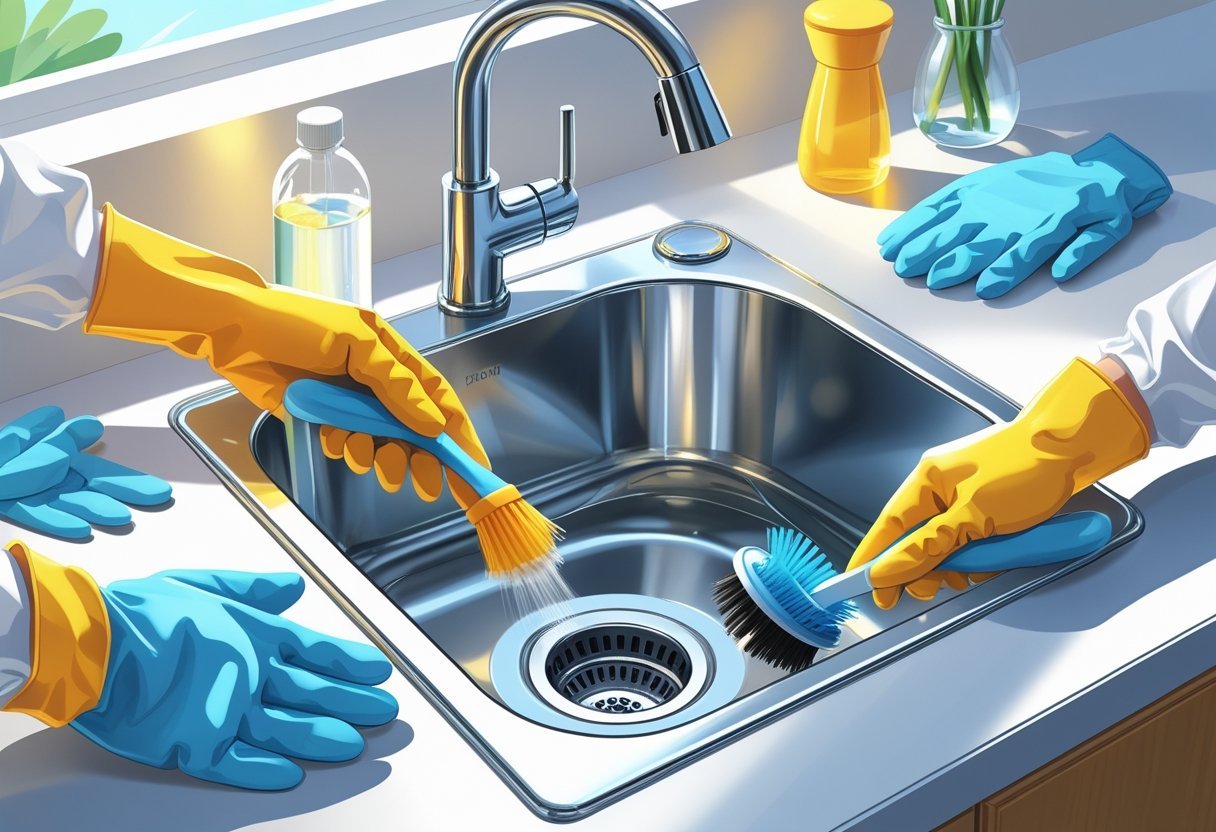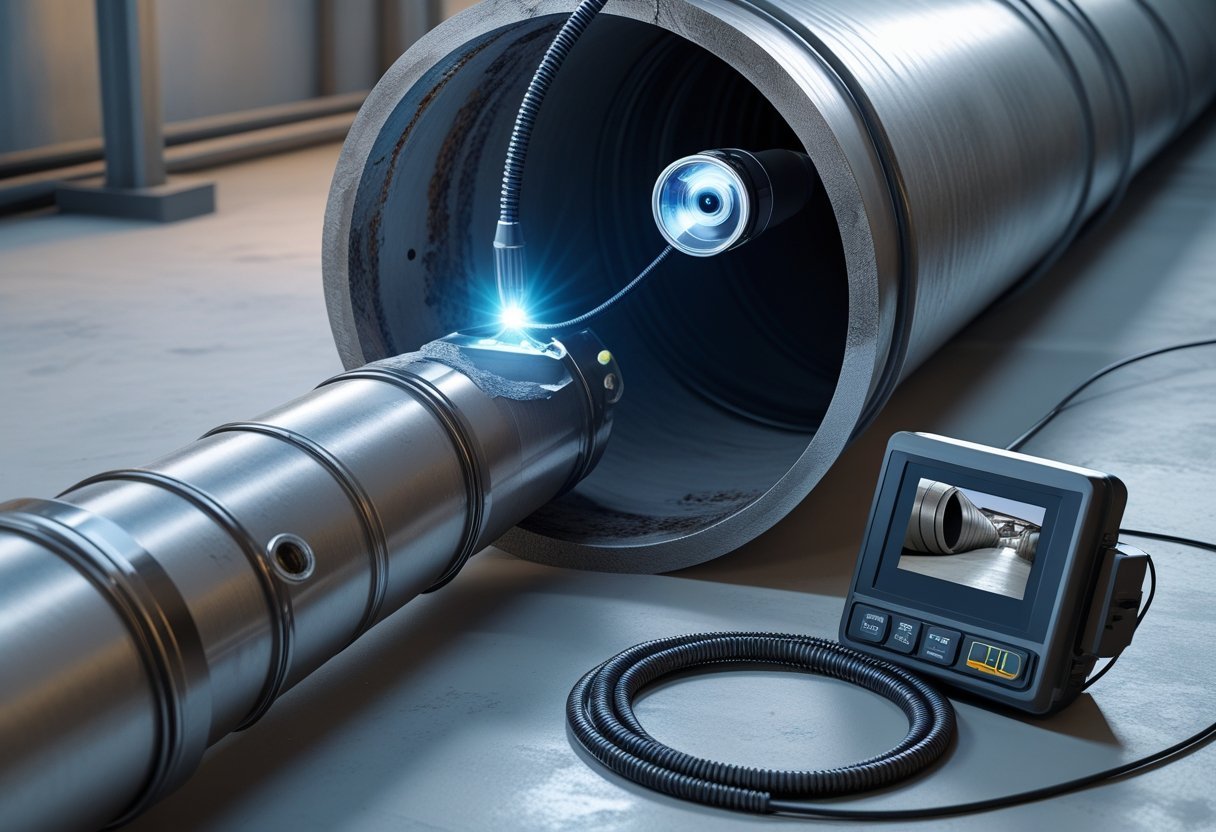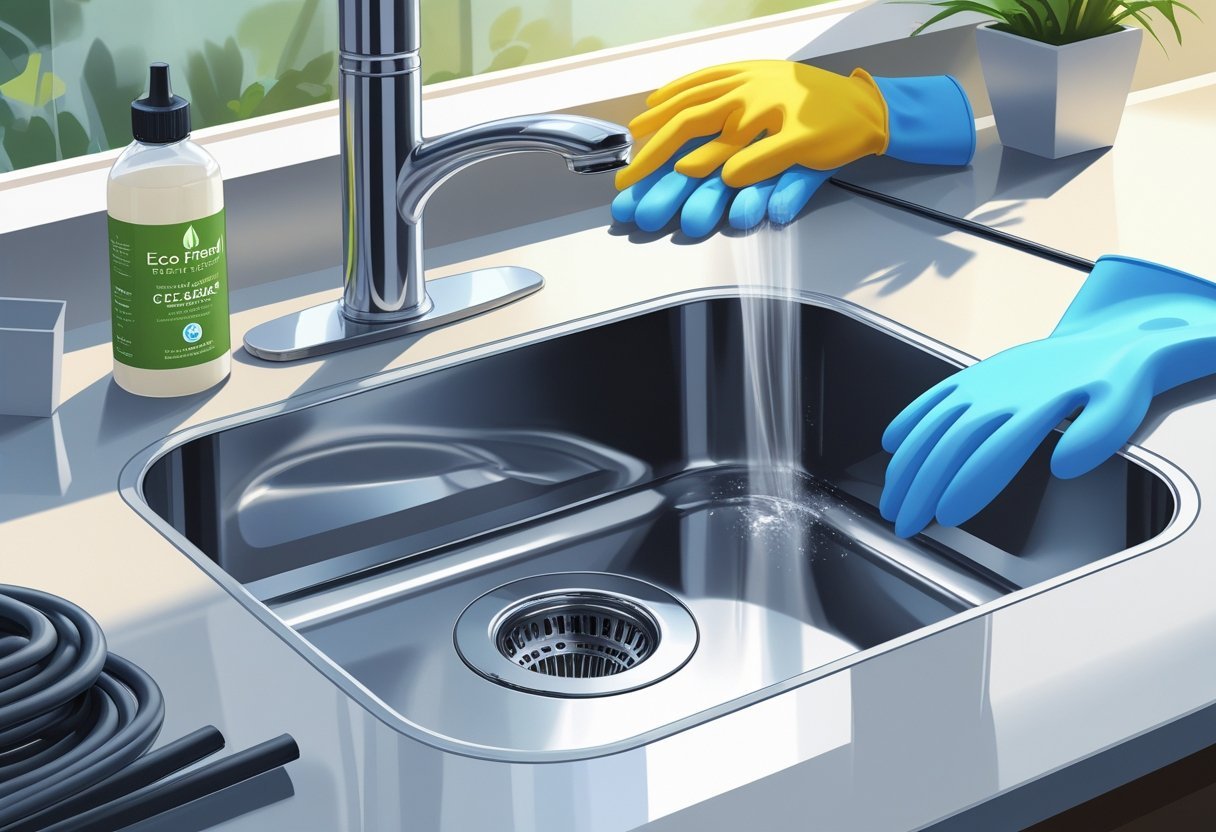When it comes to maintaining a healthy home, underground drainage pipes play a crucial role in preventing water damage and flooding. Replacing these pipes may be necessary if you notice frequent clogs, leaks, or sinkholes in your yard. Understanding when and how to replace these pipes can save you time, money, and headaches down the road.
You might feel overwhelmed by the prospect of replacing drainage pipes, but the process can be straightforward with the right guidance. Companies like Large View Plumbing & Heating bring expertise and experience to the table, ensuring that you receive high-quality service tailored to your specific needs. Their skilled team can help you navigate the journey, from diagnosis to installation.
Taking action at the first signs of trouble is crucial. Ignoring drainage issues can lead to more significant problems and costly repairs later on. With the right support from professionals, you can ensure your underground drainage system functions effectively, keeping your property safe from water damage.
Signs You Need to Replace Underground Drainage Pipes
Being aware of the signs indicating the need for replacing underground drainage pipes can save you time, money, and hassle. Common plumbing issues, difficulties in detecting blockages and leaks, and the degradation of pipe materials are critical factors to consider.
Common Plumbing Issues
Persistent plumbing problems often signal that your underground drainage pipes may need replacement. If you frequently experience slow drainage or recurrent clogs, these could be signs of deeper issues within the pipe structure.
In many cases, repeated blockages can indicate a buildup of debris or tree roots infiltrating the system. This can compromise the integrity of your pipes over time, leading to leaks or backups. It’s essential to monitor these signs; contacting a professional like Large View Plumbing & Heating can provide you with a thorough inspection and recommendations for your plumbing issues.
Detecting Blockages and Leaks
Detecting hidden blockages or leaks can be challenging without specialized tools. Look for unusual signs like damp patches in your yard or a sudden increase in your water bill. These might indicate a leak in the underground drainage pipes.
Utilizing technologies such as remote camera inspections can pinpoint leaks and assess the condition of the pipes. It’s important not to ignore these signs. Addressing issues early on can prevent costly damage and ensure your drainage systems function efficiently. Large View Plumbing & Heating specializes in locating and resolving these plumbing challenges with precision.
Brittle Pipes and Material Degradation
Aging pipes are prone to becoming brittle and can crack easily. If your home has older drain pipes, they may be made from materials like clay or outdated PVC, which deteriorates over time.
Inspecting pipes for visible signs of wear, such as cracks or discolored areas, is vital. If you notice these issues, replacing the pipes can prevent serious plumbing problems down the line. Choosing modern materials can enhance durability and reliability, ensuring your drainage system works effectively for years. Trust the experience of professionals at Large View Plumbing & Heating to guide you in selecting the best options for replacing aged pipes.
Choosing the Right Materials for Replacement
Selecting the right materials for underground drainage pipes is crucial for ensuring durability and efficiency. Two common materials are PVC and ABS, each with unique characteristics. Additionally, soil conditions play an significant role in determining the most suitable options for your project.
Comparing PVC and ABS Pipes
PVC (Polyvinyl Chloride) pipes are lightweight, corrosion-resistant, and cost-effective. They offer smooth interiors that promote excellent flow, making them ideal for drainage applications. PVC can withstand a range of chemicals, making it a versatile choice.
In contrast, ABS (Acrylonitrile Butadiene Styrene) pipes are tougher and more impact-resistant. They are preferable in areas prone to extreme temperature fluctuations. ABS is also easier to install due to its flexibility. Both materials have their strengths, so consider your specific needs when making a decision.
Factors Influenced by Soil Conditions
Soil conditions influence your choice of drainage pipes significantly. For instance, in clay soils, which have high moisture retention, using flexible ABS pipes may be beneficial to withstand movement and pressure. Conversely, in sandy soils that drain well, PVC pipes are effective due to their rigidity and resistance to infiltration.
Consider soil compaction and drainage patterns when choosing your pipes. Conducting a soil test can help determine its type and moisture levels, ensuring you select the most appropriate materials for your specific environment.
Longevity and Durability Considerations
When investing in drainage systems, durability is a primary concern. PVC pipes typically have a lifespan of 25 to 40 years, dependent on installation quality and environmental factors. Their resistance to corrosion and chemical damage contributes to long-term reliability.
ABS pipes boast comparable longevity, though their performance can degrade in UV light if not adequately protected. Consider the expected load and environmental conditions when assessing the longevity of your chosen material. Large View Plumbing & Heating can guide you through these considerations, ensuring you select the best drainage solution for your needs.
Planning and Preparing for the Replacement Process
Planning for the replacement of underground drainage pipes involves several key considerations. You need to assess the equipment required, evaluate labor options, and estimate the costs effectively to ensure a smooth process.
Assessing Equipment and Tools Needed
Before starting the replacement, evaluate the tools and equipment necessary for the job. Essential items typically include:
- Excavators: To dig up the existing drainage pipe.
- Pipe cutters: For cutting pipes to the required length.
- Trench boxes: To ensure safety during excavation.
- Camera inspection tools: To diagnose issues accurately before replacement.
Having the right equipment is crucial to avoid delays. If you’re unsure what you need, consulting a professional can save you time and money. For instance, Large View Plumbing & Heating can provide insights into modern solutions, including trenchless technology that minimizes disruption.
Evaluating Labor and Hiring a Plumber
Labor is another important aspect. You can either attempt a DIY approach or hire a plumber. If you choose to hire, look for licensed and insured professionals.
- Check credentials: Ensure they have experience with drainage systems.
- Ask for references: Previous clients can give you insight into their work quality.
Hiring a reputable plumber like Large View Plumbing & Heating can offer peace of mind. Their experienced team understands the intricacies of plumbing systems, ensuring the job is completed to a high standard.
Estimating the Cost of Replacement
Estimating the costs associated with replacing drainage pipes is vital. Several factors influence this cost, including:
- Length of pipe: More extensive systems require additional materials and labor.
- Type of pipe: Different materials come with varying price tags.
- Labor rates: This can vary significantly based on location and expertise.
On average, drainage pipe replacement can range from $50 to $250 per linear foot, including materials and labor. Getting multiple quotes will give you a clearer picture. Always factor in potential unexpected costs, like digging up landscaping or addressing further repairs.
Step-By-Step Guide to Replacing Underground Drainage Pipes
Replacing underground drainage pipes requires careful planning and execution. Each step is crucial for ensuring proper water drainage and preventing future blockages. Follow this guide to navigate the process efficiently.
Excavating and Accessing the Old Pipes
Begin by locating the area where the damaged pipes are situated. Excavate around the pipes using a shovel or a backhoe, taking care not to damage any surrounding structures. Mark the perimeter of your excavation site to maintain a clear workspace.
Ensure the trench is wide enough to allow access for both removal and installation. Depth is equally important; you may need to go at least 12 to 18 inches deep. Keep in mind the guidelines for your local plumbing codes while digging. Use a vacuum or a pump to remove any standing water from the trench, ensuring a dry work environment.
Removing Existing Damaged Pipes
Once you’ve exposed the old pipes, inspect them for damage, such as cracks or blockages. Carefully cut the pipes at the joints using a pipe cutter or saw. Be cautious when handling tools, as safety is paramount.
After severing the connections, gently lift the damaged pipes from the trench. If the pipes are particularly stubborn, consider using a vacuum system to help dislodge them. Once the old pipes are out, check the condition of the trench to ensure it’s ready for new installations.
Installing New Drain Pipes
Select new drain pipes suitable for your specific drainage requirements. Depending on your needs, materials can include PVC or corrugated plastic pipes. Lay the new pipes in the trench with the appropriate slope, typically around a 1% grade, to facilitate water flow.
Connect the new pipes using solvent cement for PVC or clamps for corrugated pipes. Ensure all joints are secure and properly fitted. It may be wise to consult with a professional from Large View Plumbing & Heating for guidance on your installation to avoid common pitfalls.
Testing for Blockages and Ensuring Water Drainage
After installation, it’s vital to conduct tests to confirm proper functionality. Run water through the system to check for any blockages. Monitor the flow rate, ensuring that drainage occurs efficiently without pooling.
If you encounter any issues, such as slow drainage or backups, investigate for potential blockages within the newly installed pipes. Regularly checking your underground drainage will help prevent future problems and prolong the life of the system.
In cases where blockages persist, reaching out to a professional service can provide additional insights and solutions.
Post-Replacement Considerations and Maintenance Tips
After replacing underground drainage pipes, it’s crucial to focus on maintaining their effectiveness and preventing future issues. By addressing post-replacement considerations, you can enhance the longevity and efficiency of your drainage system.
Preventing Future Blockages
To prevent blockages in your new drainage system, consider these steps:
- Regular Cleaning: Schedule routine cleaning to remove debris and buildup. Use a professional service if needed to ensure thorough cleaning.
- Avoid Flushing Non-Biodegradable Items: Educate your household about what can and cannot be flushed. Items like wipes, sanitary products, and grease should never go down the drain.
- Install Strainers: Utilize strainers in drains to catch solids and prevent them from entering the system.
Taking these actions can significantly reduce the likelihood of future blockages and sustain the flow of water drainage.
Managing Surface Water and Proper Drainage
Effective surface water management is essential for your drainage system. Here’s how to manage it:
- Landscape Grading: Ensure your landscape is graded away from your home. This prevents surface water from pooling near foundations, which could compromise your drainage system.
- Install French Drains: Consider installing French drains to redirect surface water efficiently. This can alleviate pressure on your drainage pipes.
- Check Downspouts: Downspouts should direct water at least five feet away from the foundation. This helps to prevent excess surface water from overwhelming your drainage system.
By managing surface water effectively, you protect your pipes and enhance their functionality.
Ongoing Inspection and Routine Maintenance
Regular inspection and maintenance are vital for sustaining your new drainage system:
- Frequent Checks: Inspect drainage systems, especially after heavy rainfall, to identify any signs of standing water or blockages.
- Professional Inspections: Schedule inspections with professionals like Large View Plumbing & Heating to assess pipe integrity and functionality.
- Monitor for Leaks: Be vigilant about signs of leaks or unusual dampness in your yard, as these could indicate issues within your drainage system.
Routine inspection and prompt maintenance will ensure your drainage system works efficiently for years to come.
Frequently Asked Questions
When considering replacing underground drainage pipes, you may have several crucial questions. Understanding the factors that impact costs, options for repair, and legal considerations is essential for making informed decisions.
What factors influence the cost of replacing underground drainage pipes?
Several factors contribute to the overall cost of replacing underground drainage pipes. The diameter and length of the pipes directly affect the material and installation expenses.
The complexity of the existing system and the location of the pipes also play a significant role. Accessibility issues can increase labor costs due to the need for specialized equipment.
What are non-invasive options for underground pipe repair?
Non-invasive options for underground pipe repair include techniques like trenchless technology. This method allows for the installation of new pipes without extensive excavation.
Pipe relining is another option, where a resin-saturated liner is inserted into the damaged pipe, creating a new pipe within the existing one. Both methods minimize disruption and preserve your landscaping.
How can you detect and fix a leak in an underground drain pipe?
Detecting a leak in an underground drain pipe can be challenging. Look for signs like unusually wet areas in your yard or a decrease in drainage efficiency.
Using video inspection technology can help identify the exact location of leaks. Once detected, repairs can involve either excavation or using trenchless methods for less invasive options.
Can homeowners legally replace their own drain pipes, and what should be considered?
Homeowners may legally replace their drain pipes, but local regulations vary. It’s crucial to check local building codes and permit requirements before undertaking such a project.
Consider the complexity of the work and whether you have the necessary skills and tools. Hiring professionals, like the team at Large View Plumbing & Heating, can ensure compliance and quality workmanship.
What is the average cost of replacing a main drain pipe in a house?
The average cost of replacing a main drain pipe can vary widely. On average, costs range from $1,500 to $5,000, depending on factors like length, material, and accessibility.
For a precise estimate, it’s advisable to consult with professionals to assess your specific situation. Large View Plumbing & Heating can provide reliable quotes tailored to your needs.
What steps are involved in fixing a drain pipe outside?
Fixing a drain pipe outside typically involves several key steps. First, you need to identify the location and extent of the damage.
Next, excavation might be necessary to reach the pipe, followed by the repair or replacement of the damaged section. Finally, the area is backfilled, and any surface restoration is completed. Engaging experienced professionals can ensure efficiency and quality in these tasks.
